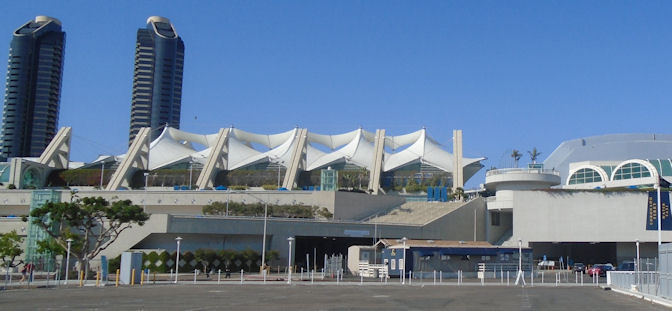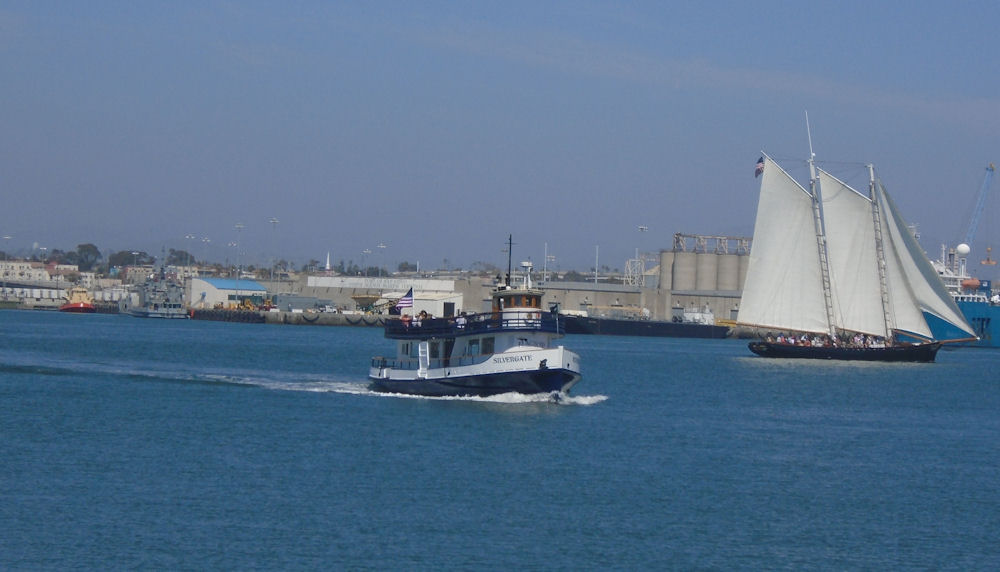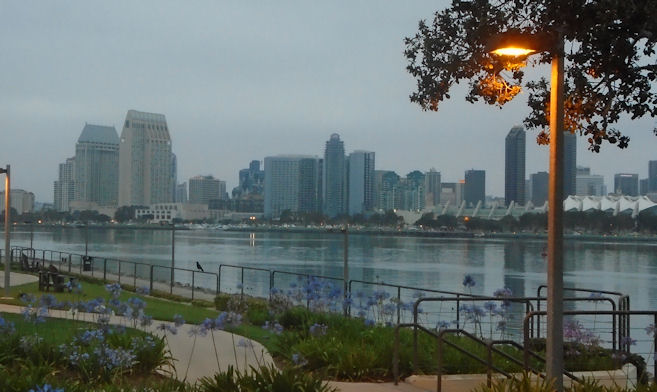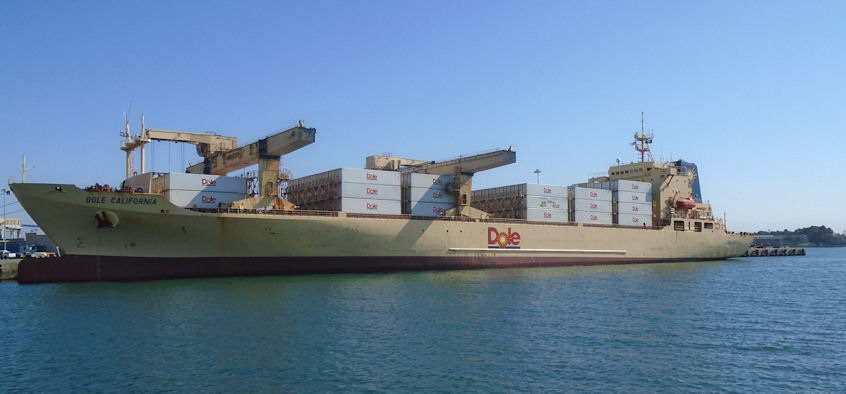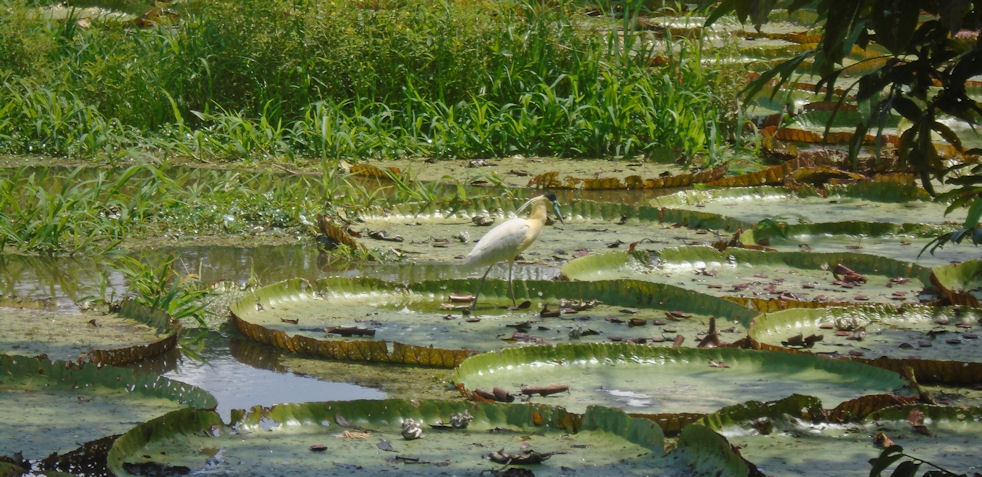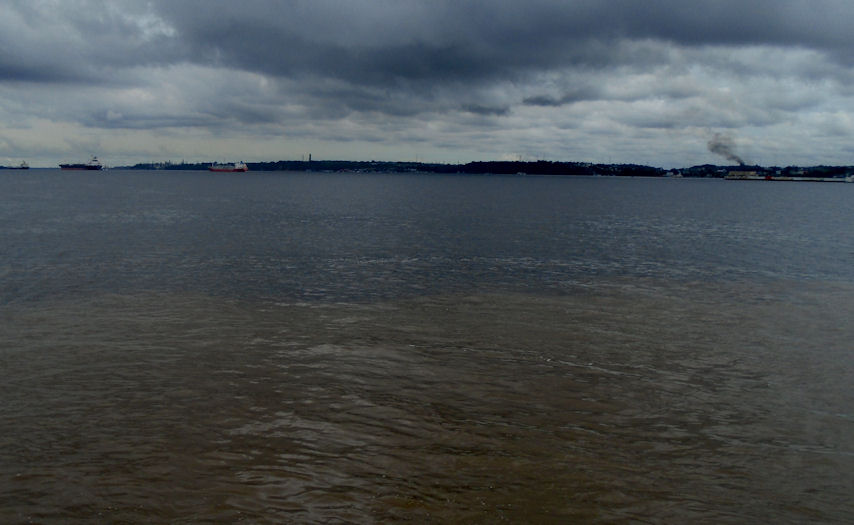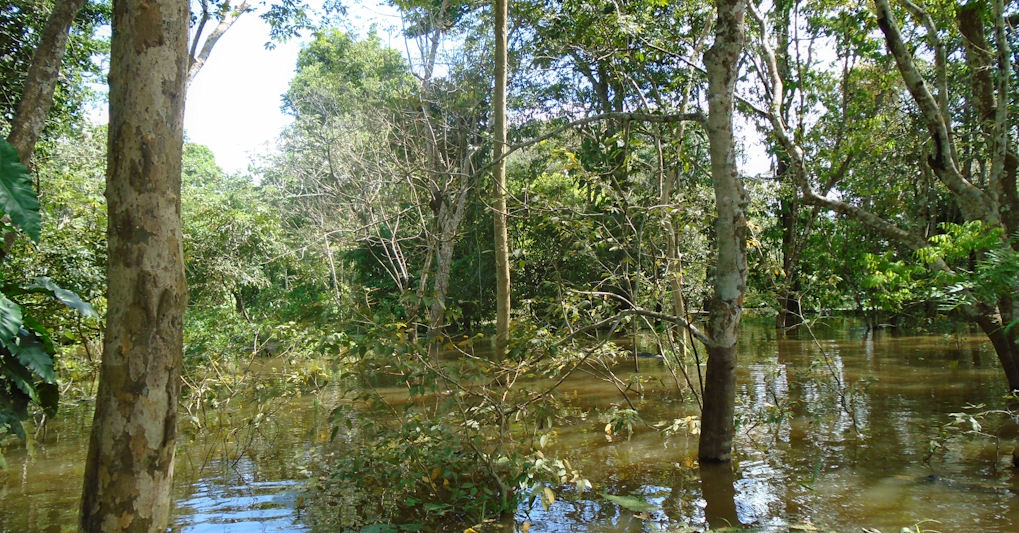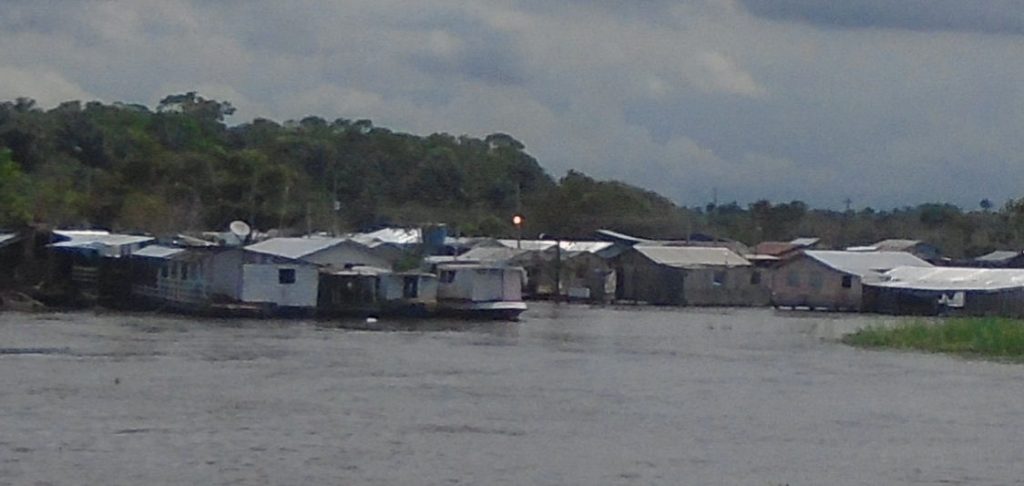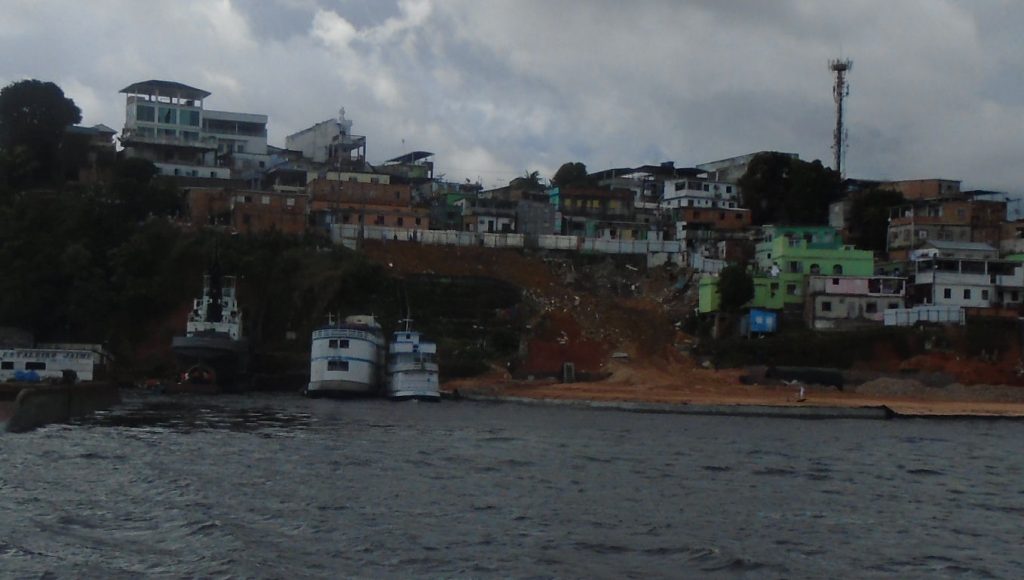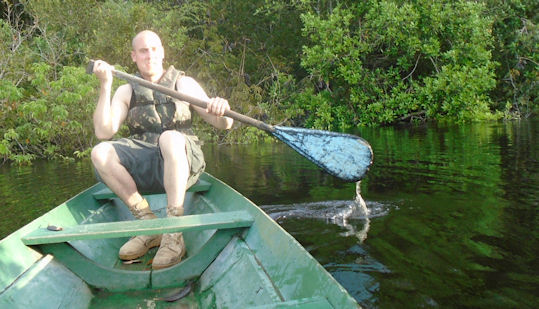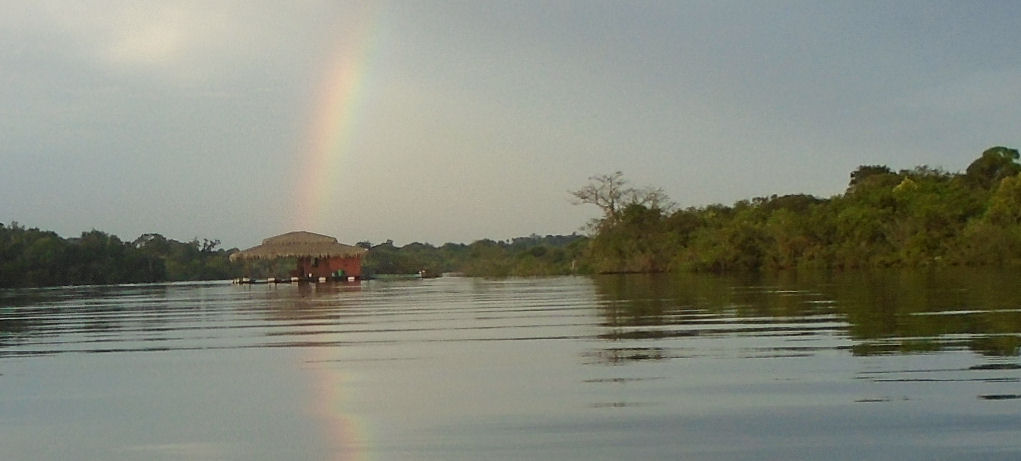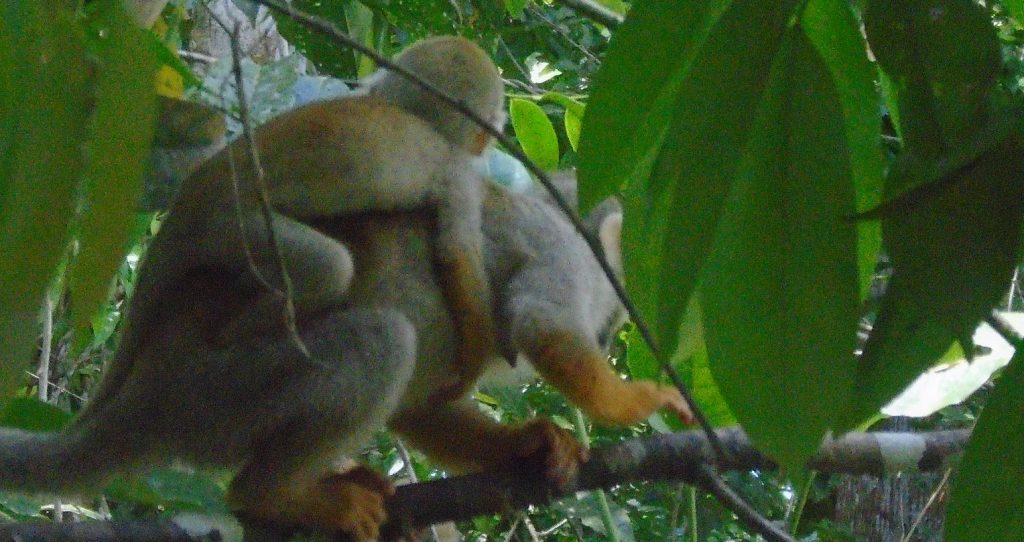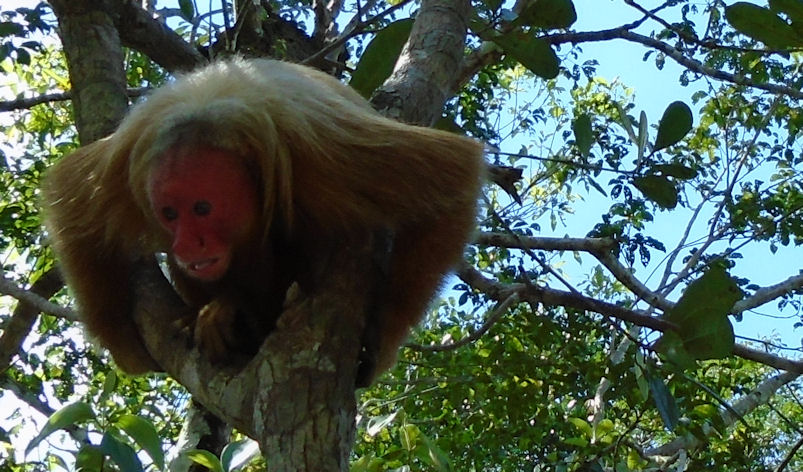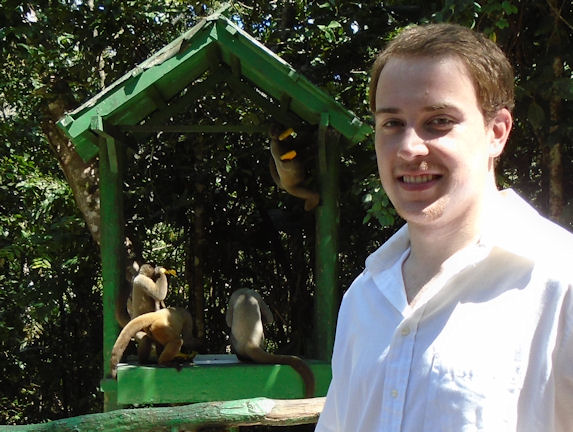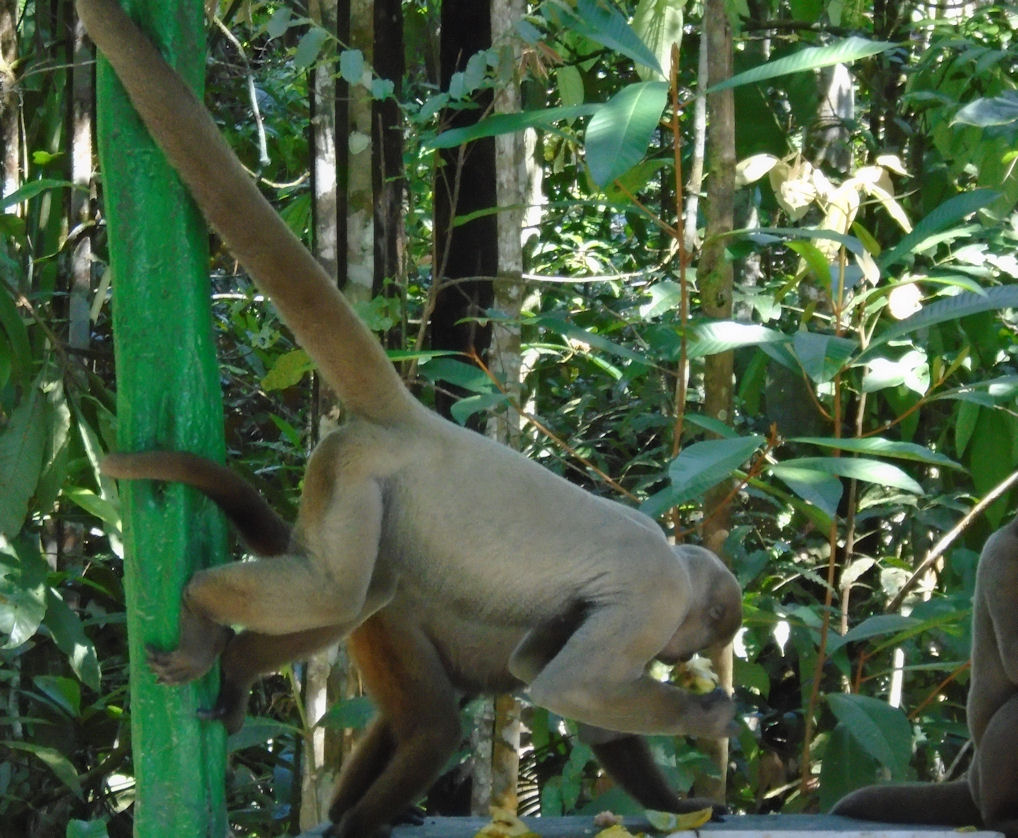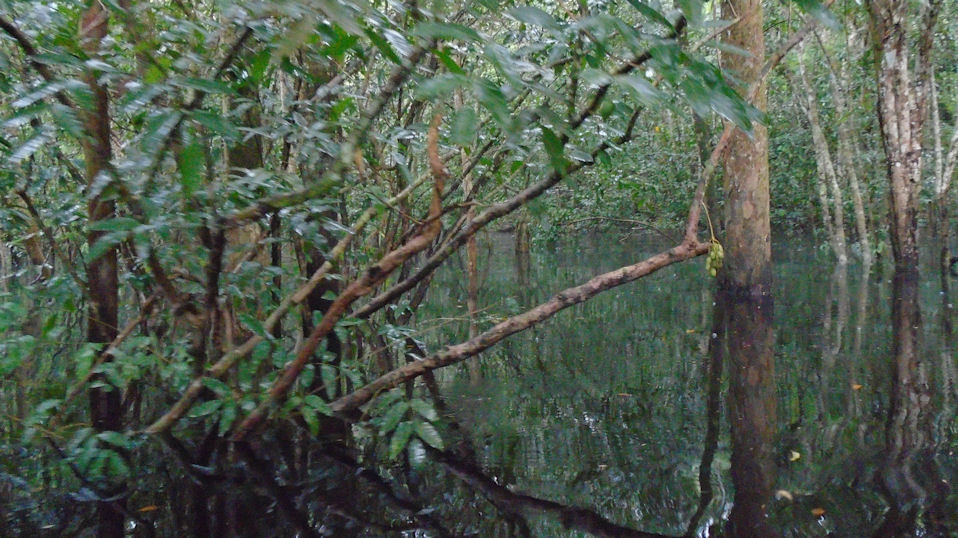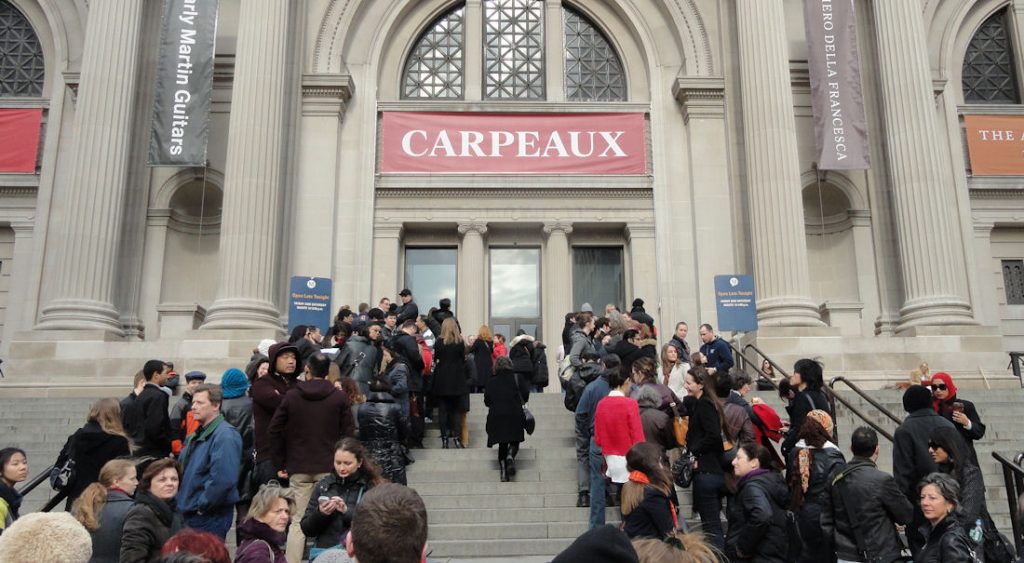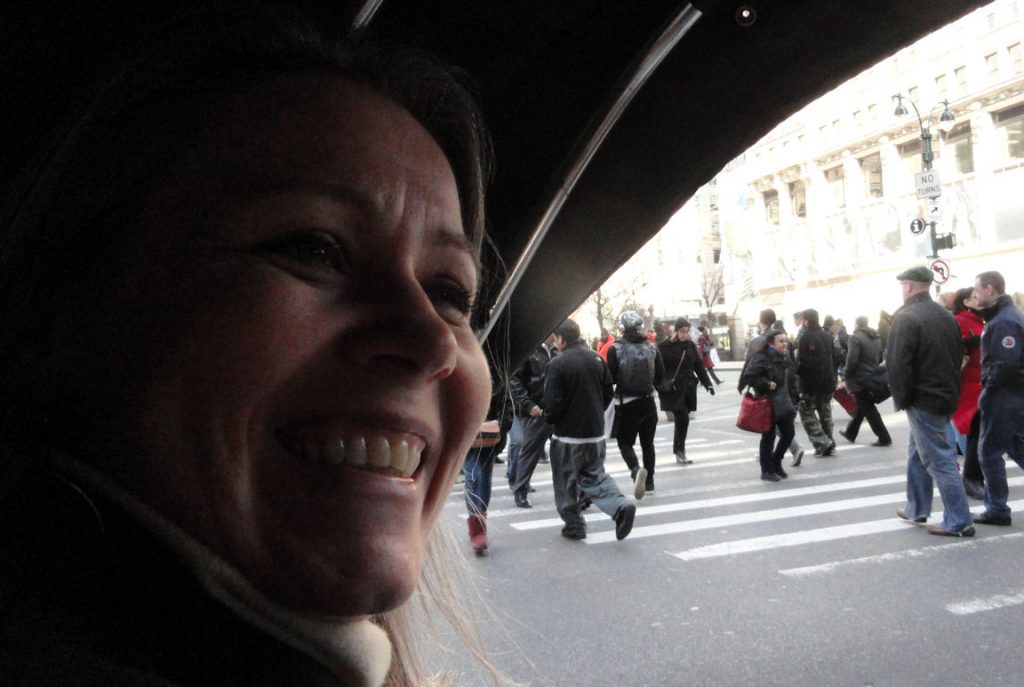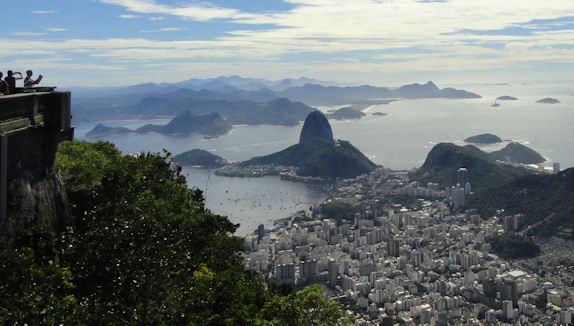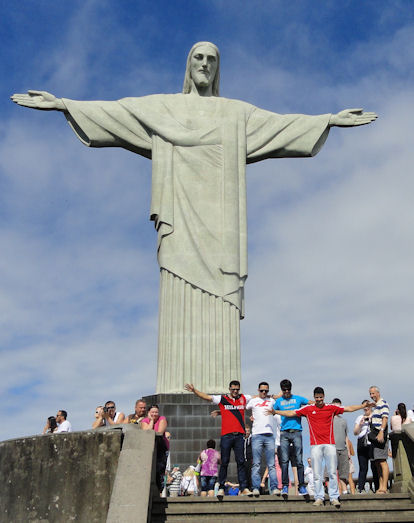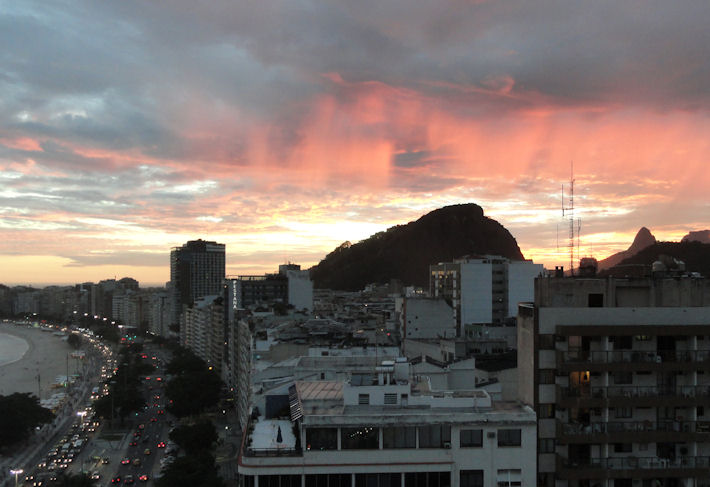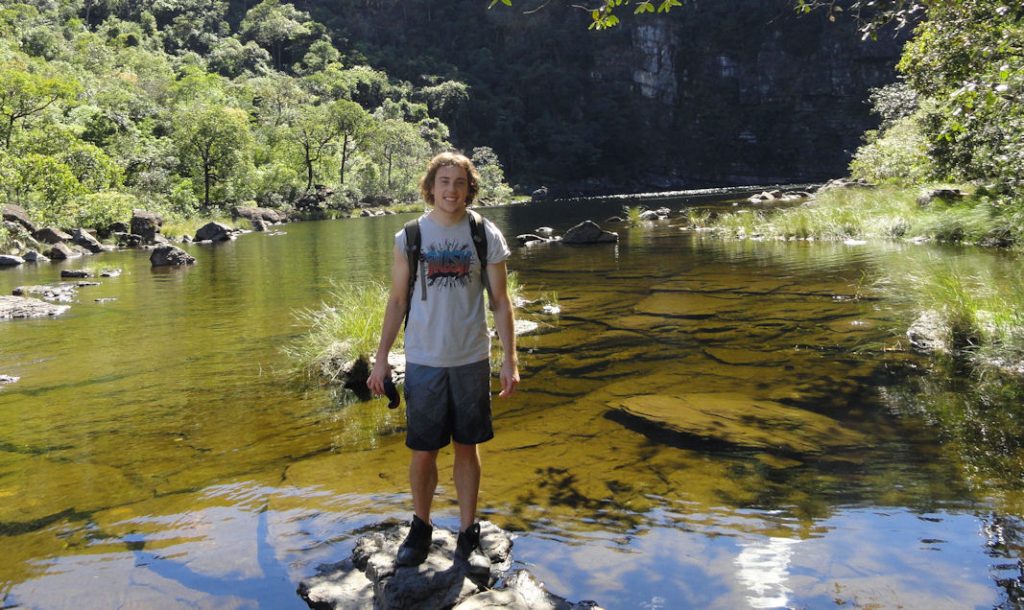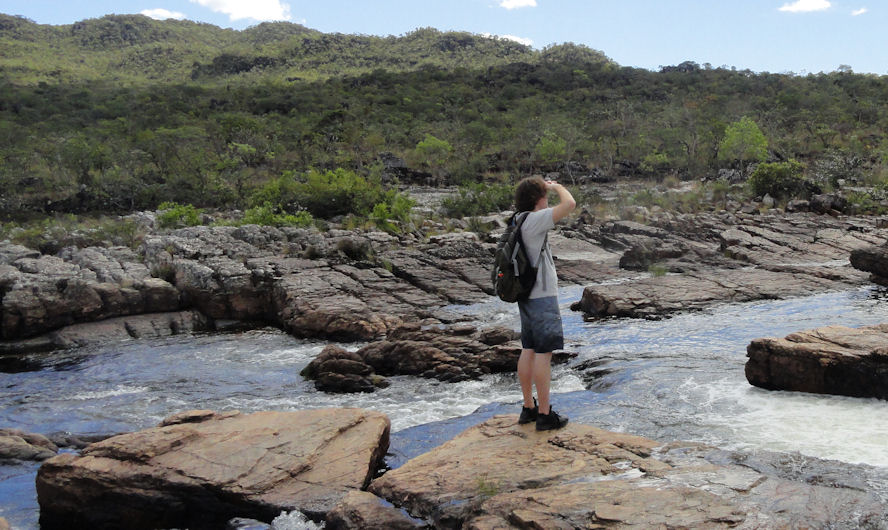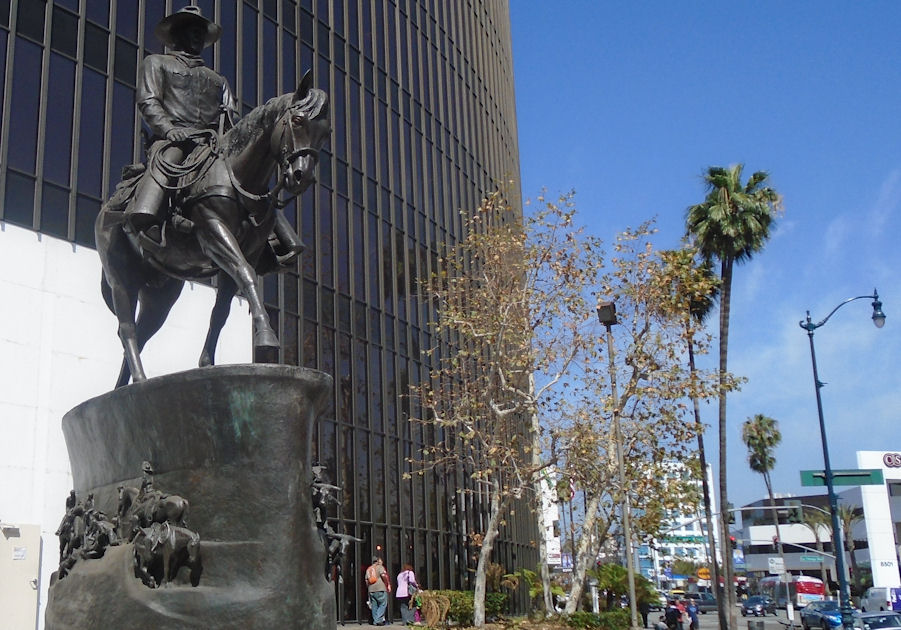
Our Brazilian delegation went to Los Angeles to explore connections with California universities. We met a bunch of university representatives at the Brazilian consulate in LA. I hope that some permanent matches were made. Diplomacy in many ways is the art of matchmaking. We put the partners together, maybe help them find their common aspirations, but others have to do actual connecting.
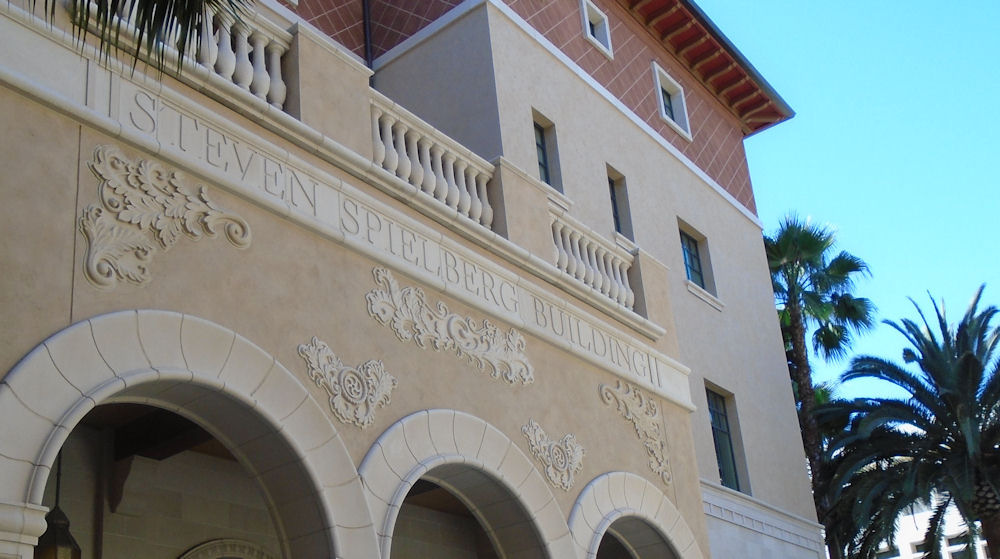
Anyway, it was a pretty sweet deal for me and I was flattered that our Brazilian partners wanted me along. That is another function of diplomacy, BTW – diplomatic cover. Our official status helps open doors and legitimize. I know these kinds of values are very soft and I underestimated them for most of my career. I was looking for the cash-value-concrete result. Those come, but sometimes long after. Our value is often part of the process. We are like oil (some might say grease) to smooth things along.
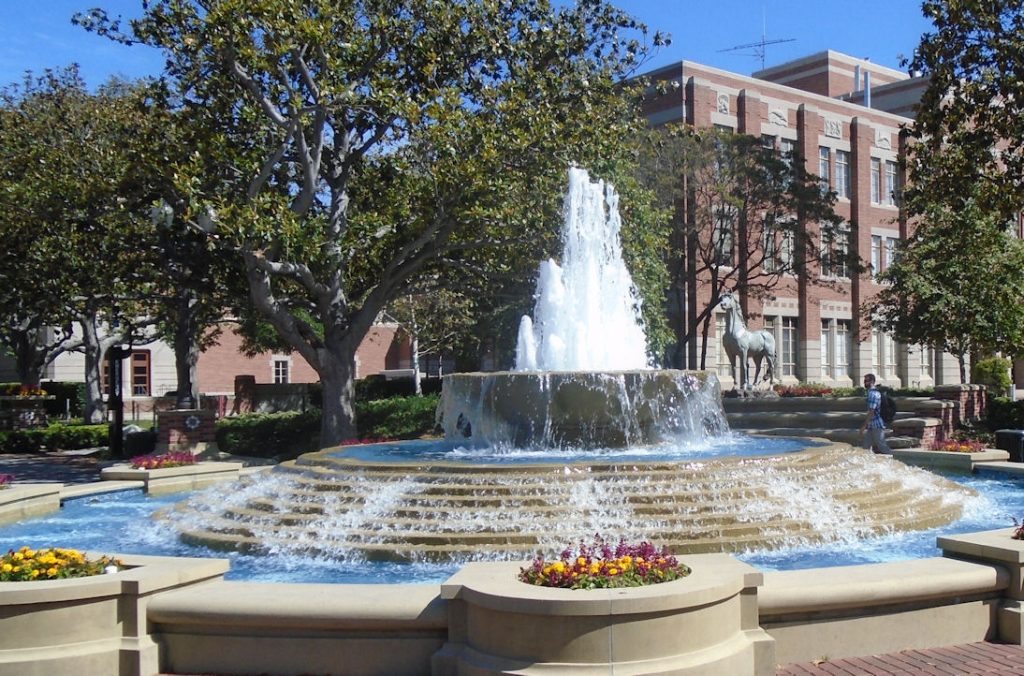
I have been surprised to find that people sometimes remember key phrases from the short speeches I make. I have some stock phrases, but I try to tailor to the circumstances. That is why I rarely know exactly what I will say until I hear what others have said and get a feel for the mood. This is one reason why I know that I should not seek work in contentious issues or ever try to be a spokesman. I do not stick to my talking points. In a field like higher education exchanges, you can get away with this and even prosper doing it. I would not be so lucky trying to “fix” official statements. A man’s gotta know his limitations. Interestingly, this particular limitation hasn’t kicked me very often during my long career in public diplomacy, although I have avoided some “career enhancing” jobs that would have put me in harm’s way.
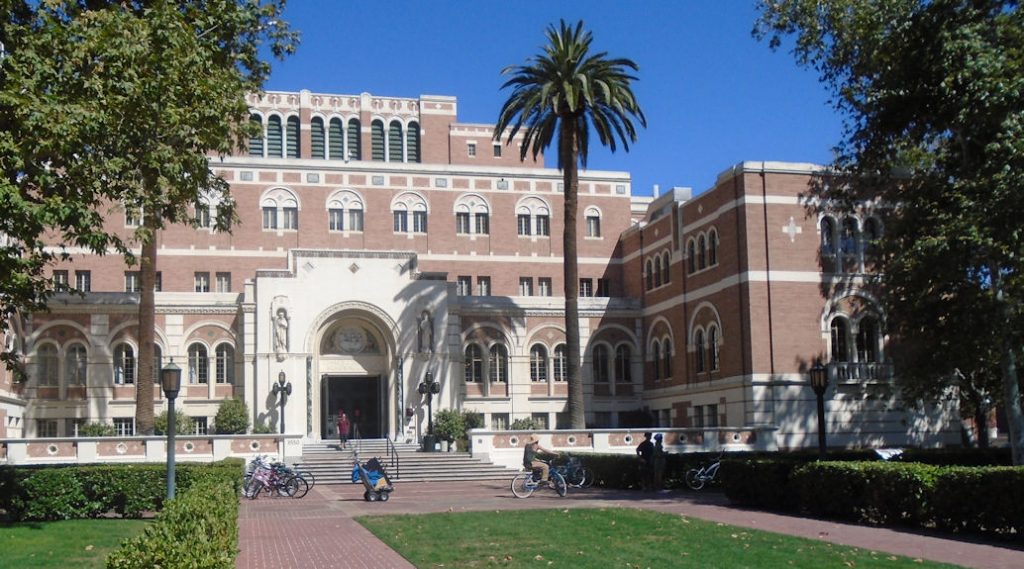
My pictures are from USC, except for the statue of John Wayne up top, which is in front of the Brazilian Consulate. Steven Spielberg and George Lucas are big supporters of USC. Spielberg was denied admission to the cinema school, but he doesn’t hold a grudge. Imagine how successful he could have been with a decent education.
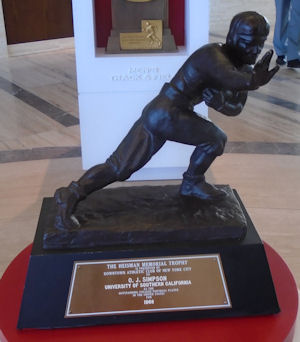
The Heisman Trophy was won by OJ Simpson. They told me that it is the most photographed among their trophies displayed. They don’t take it down, since OJ was found not guilty and (if the glove don’t fit, you must acquit)– anyway – the OJ that won the trophy was not the same man on trial for murder. This unfortunate incident was in the far in future.

